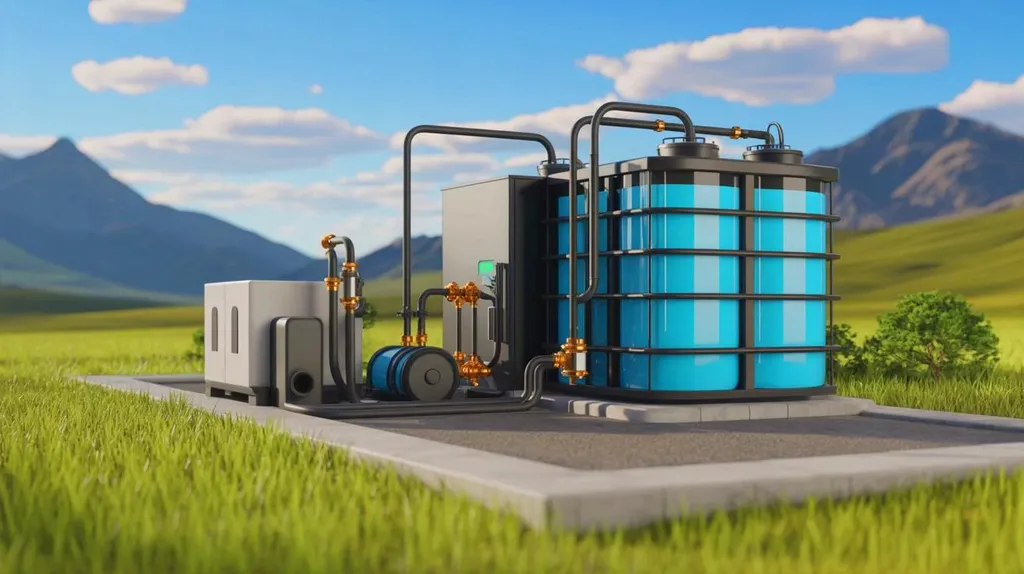In the quest for more efficient and cost-effective energy storage solutions, a team of researchers led by Chaoming Lin from the Department of Electrical Engineering has made a significant stride. Their work, recently published in the Journal of Electrical and Computer Engineering, introduces a novel hybrid power storage system that combines the best of both supercapacitors and lithium-ion batteries. This innovation could potentially reshape the energy storage landscape, offering a more reliable and economical solution for various industries.
The hybrid system addresses a critical challenge in the energy sector: the high investment costs associated with power storage. By integrating supercapacitors, known for their high storage capacity, with lithium-ion batteries, renowned for their dynamic adjustability, the researchers have developed a simplified yet robust power storage configuration. This combination not only enhances grid stability but also promotes environmental friendliness and improves energy utilization efficiency.
Chaoming Lin and his team employed advanced optimization algorithms, including the whale optimization algorithm (WOA) and a simulated annealing strategy with adaptive weight, to derive an integrated power storage and capacity configuration scheme. This scheme is designed based on actual demand and aims to minimize the average usage cost of power storage. As Lin explains, “Our objective was to create a system that leverages the strengths of both technologies, providing a cost-effective and efficient solution for energy storage.”
To validate their approach, the researchers evaluated the proposed scheme using real-world data from a renewable energy field. The results confirmed the practical significance and economic benefits of the hybrid power storage system. The experimental data analysis demonstrated improved power storage configuration, highlighting the system’s potential to optimize electric field output.
The implications of this research are far-reaching. For the energy sector, this hybrid system could lead to more efficient energy management, reduced costs, and enhanced grid stability. As the world continues to transition towards clean energy, such innovations are crucial in ensuring a reliable and sustainable energy future. The work by Chaoming Lin and his team, published in the Journal of Electrical and Computer Engineering, marks a significant step forward in this direction, offering a promising solution that could shape the future of energy storage.

